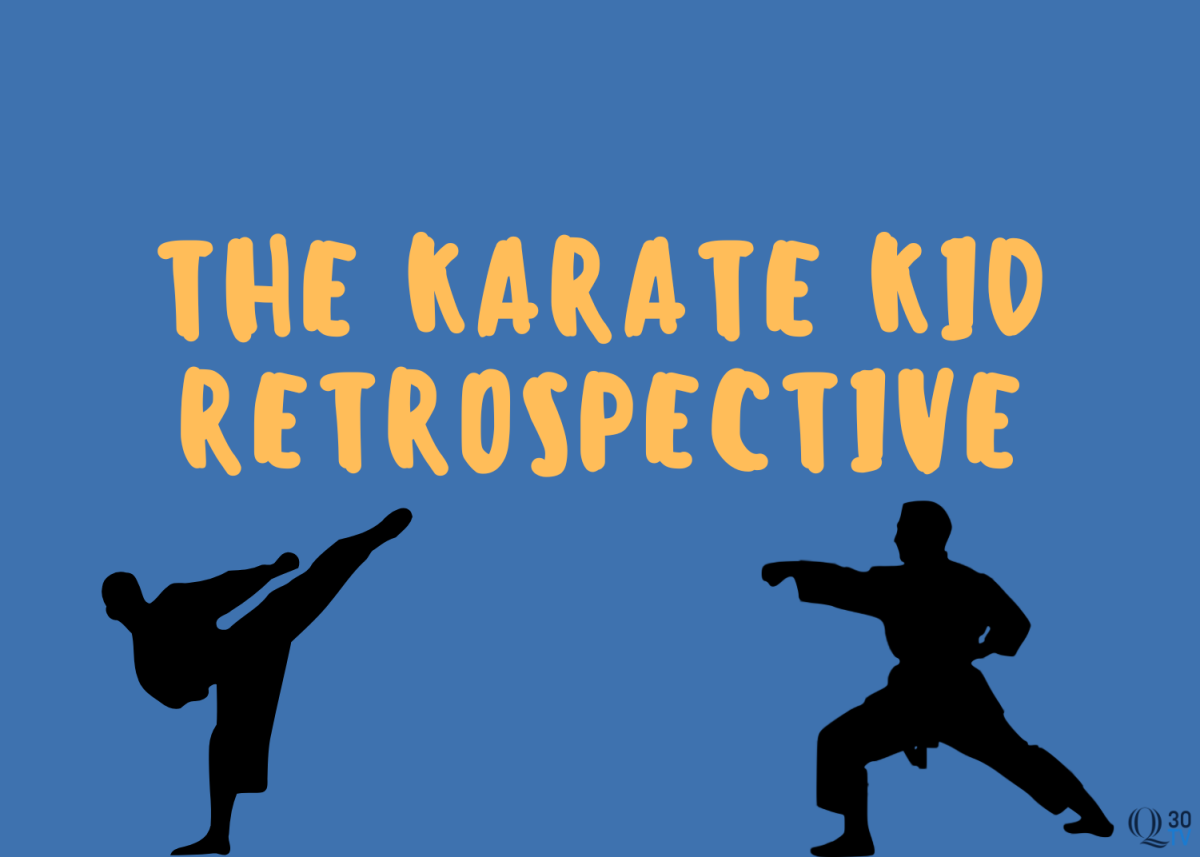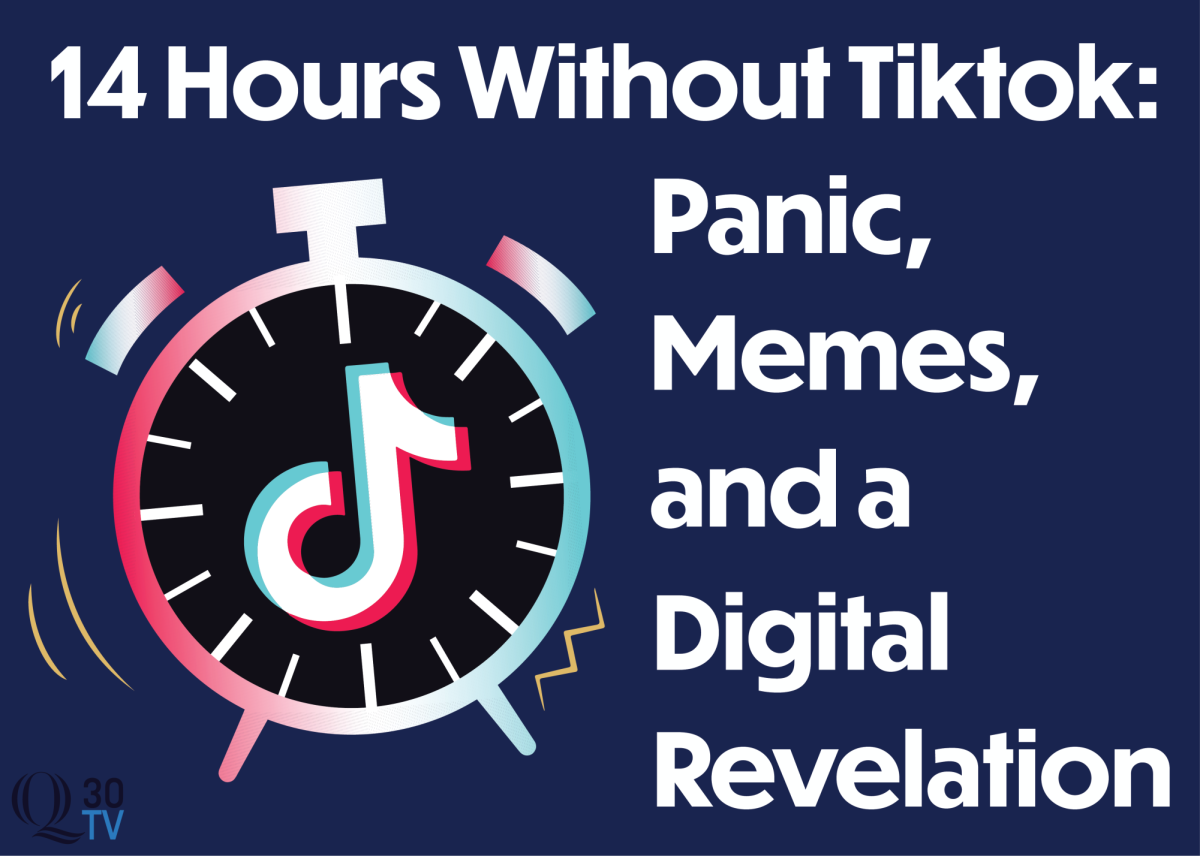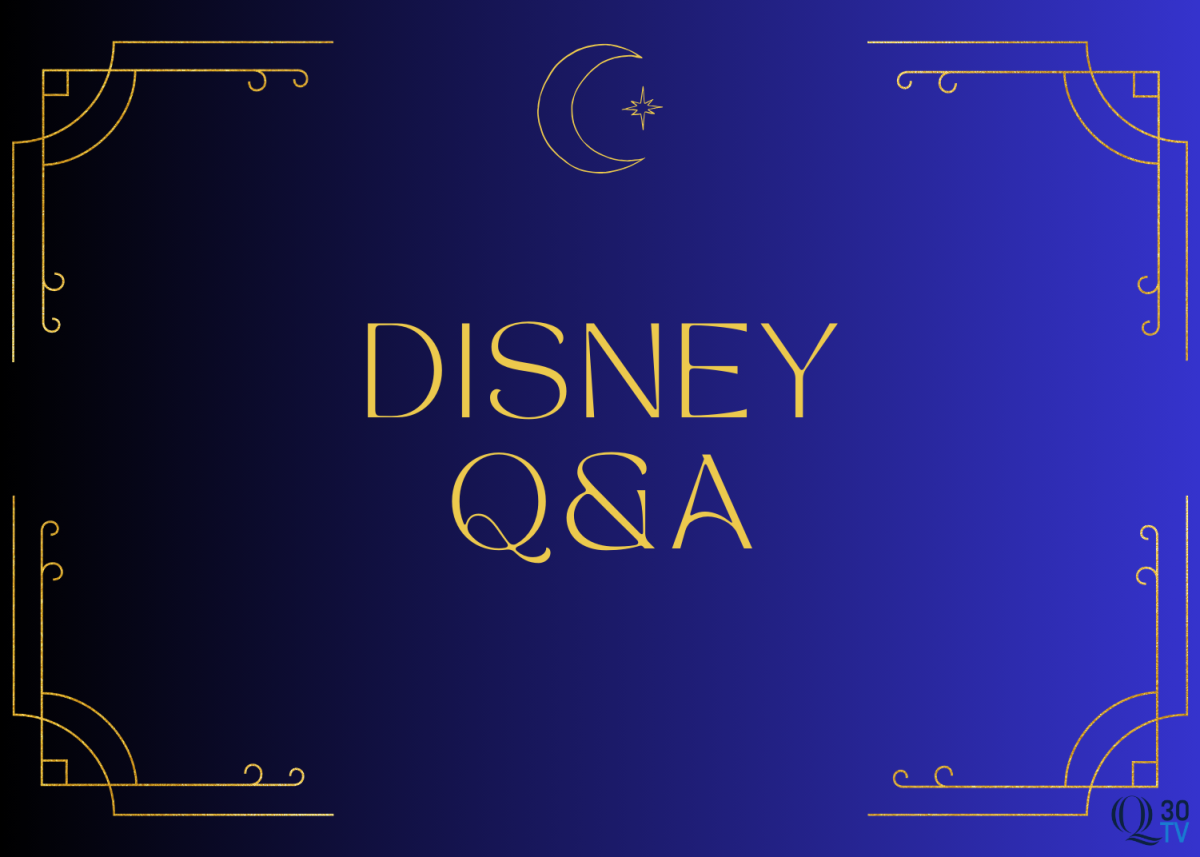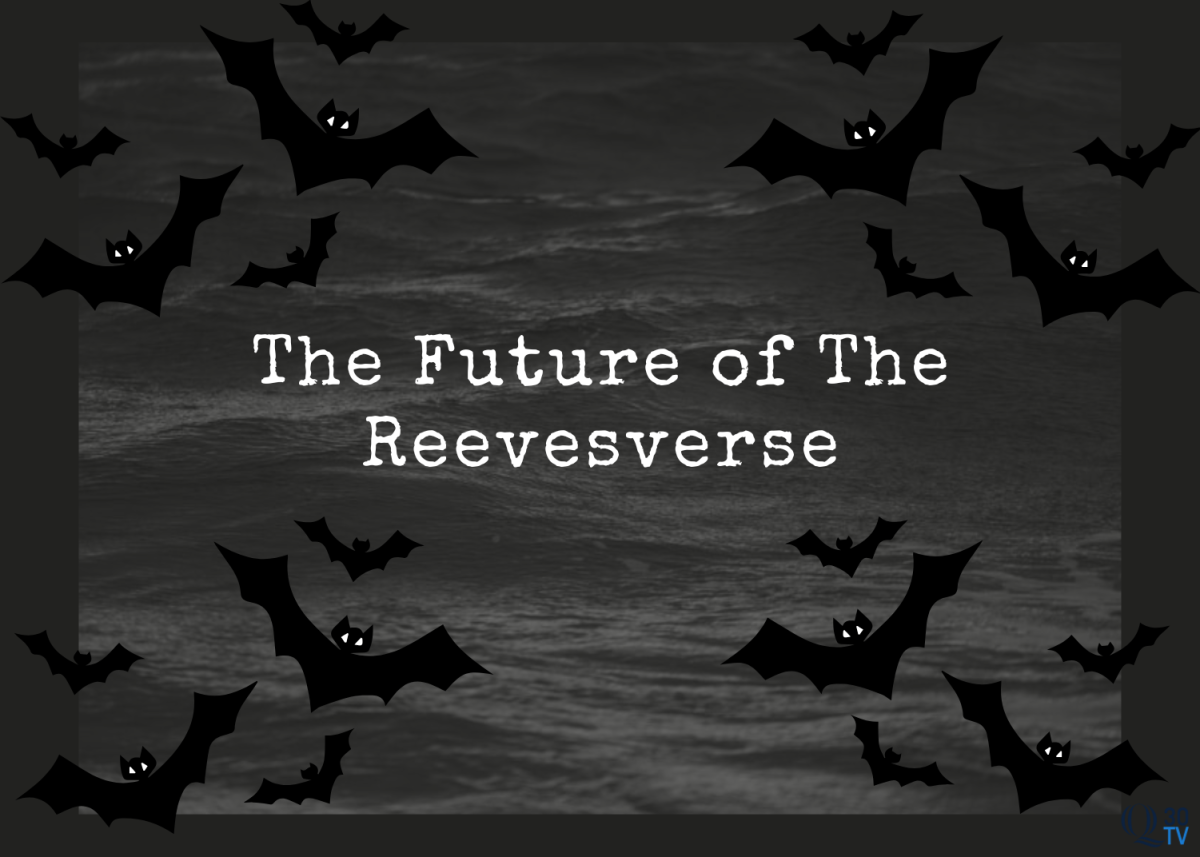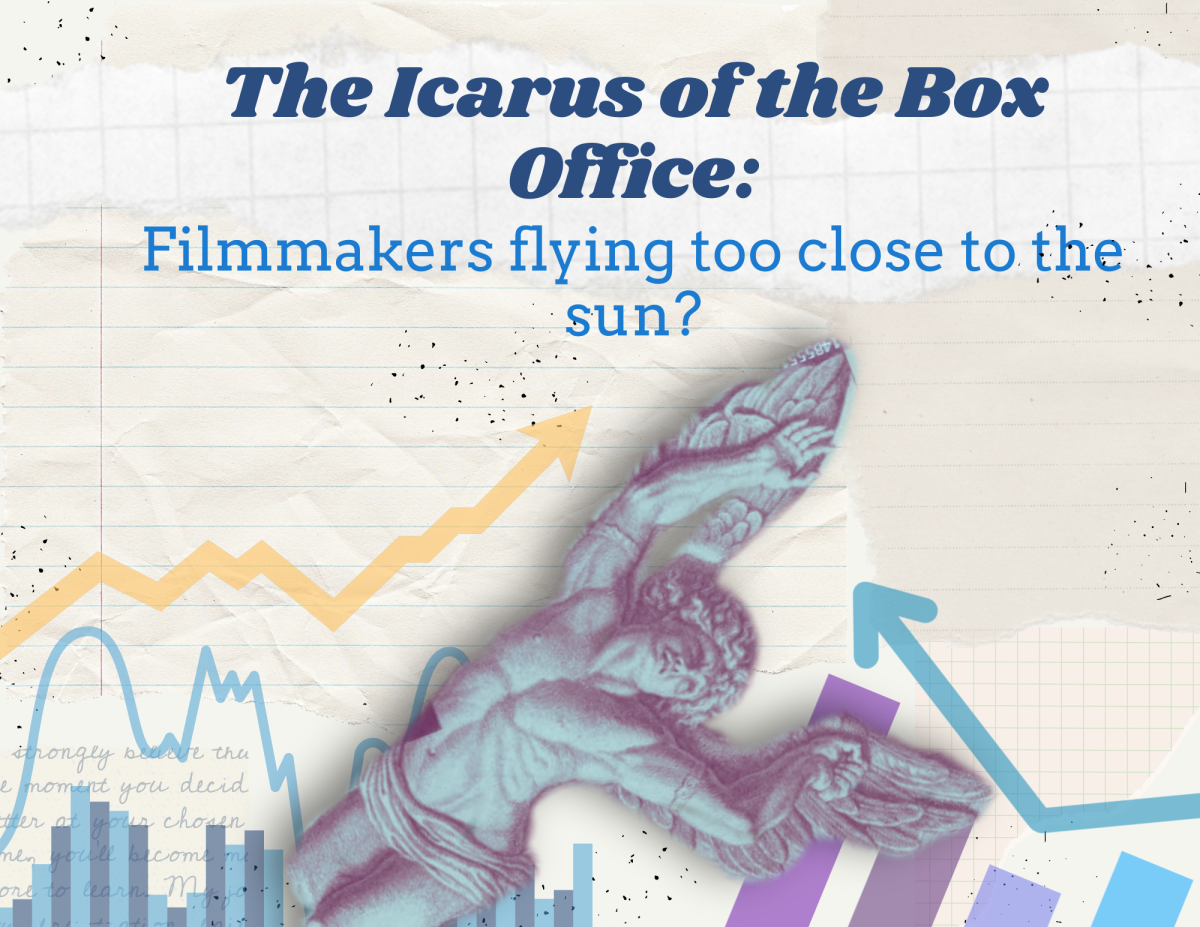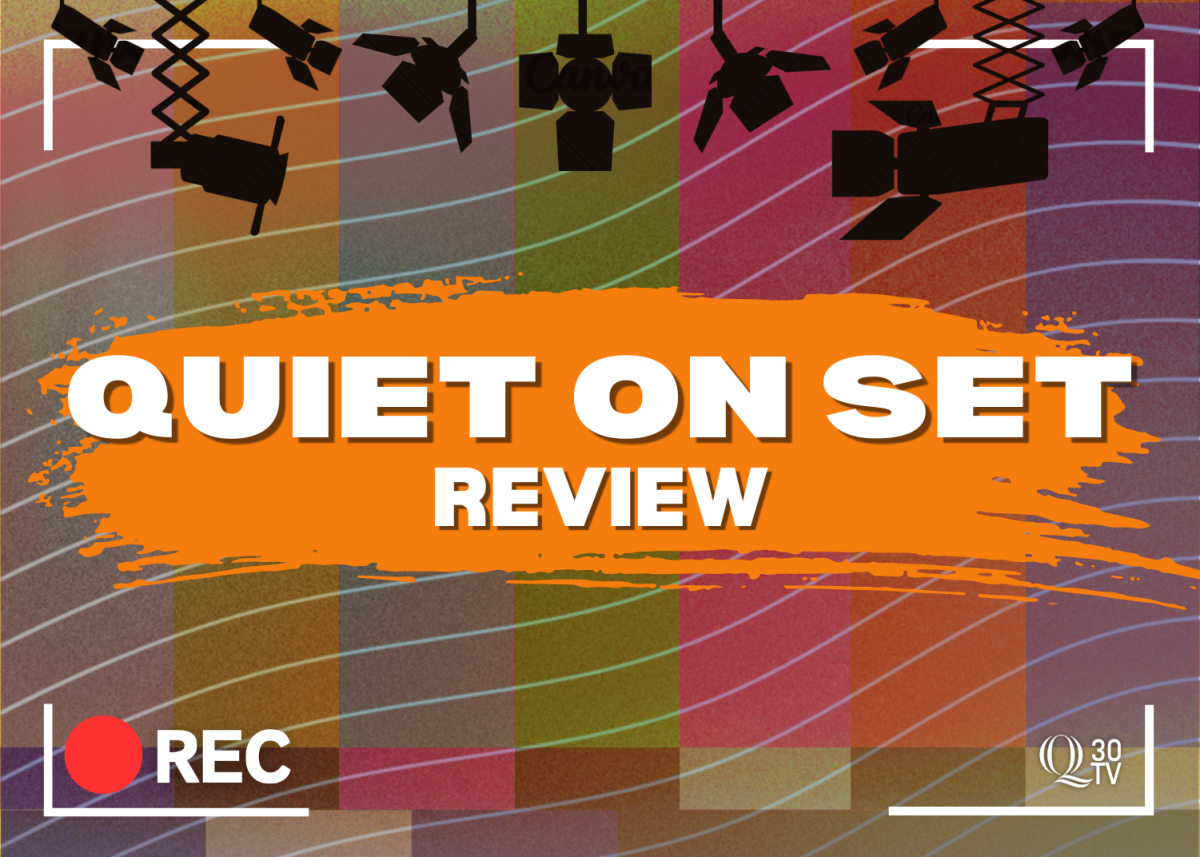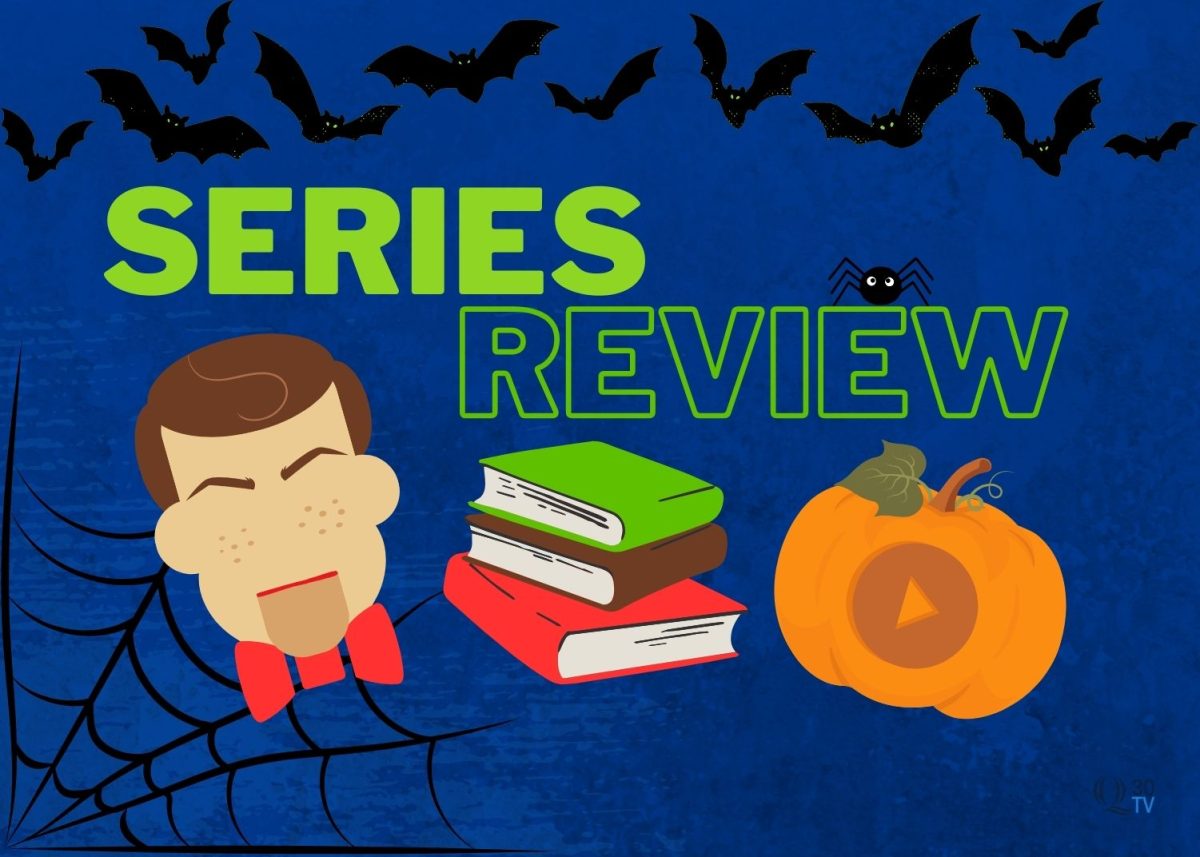On Dec. 12th, 2023, Netflix released the highly anticipated documentary, “Under Pressure: The US Women’s World Cup Team”, which followed the United States Women’s National Team (dubbed the USWNT) on their journey to and at the 2023 Women’s World Cup, which took place from July 20th to Aug. 20th 2023 in Australia and New Zealand. The USWNT, which had won the 2015 and 2019 editions and achieved the coveted “back to back,” was aiming for a third consecutive championship, or a “three-peat”- something that has never been done before in the history of soccer.
But the team ultimately couldn’t deliver. A new report by FIFPRO shows that after the early loss, the USWNT received double the amount of online abuse directed at them than any other team in the World Cup, almost all of that coming from the US. It certainly wasn’t helpful that commentators and analysts were also directing vitriol toward the teams, citing their political beliefs and activism. The documentary shows the road to the World Cup, the ultimate loss at the hands of Sweden, and how the USWNT managed to block out noise as they started to rebuild and recover.
Fans of the USWNT (like myself) were ecstatic to hear that Netflix was finally covering the team. This is the first time in a long time we have been taken on the World Cup journey alongside the team. “Under Pressure” was announced early this summer, long before anyone knew the circumstances of the 2023 Women’s World Cup. While fans may be disappointed with the outcome of the tournament, this documentary is no disappointment at all.
The limited docuseries follows the team before, during, and after the 2023 tournament. The main players interviewed during the series are Kristie Mewis, Alex Morgan, and Lynn Williams, with appearances by Lindsey Horan, Megan Rapinoe, and others. All offer completely different perspectives of the tournament, from veterans to rookies. Audiences are able to get into the heads of their favorite players and finally get some closure on the toughest watch in USWNT history.
The first episode and a half covers the process of getting on the roster and achieving the level of preparedness to compete in the land down under. Something that the docuseries does exceptionally well is act as if the audience knows nothing about the team’s past and the world of women’s soccer (which to be fair isn’t that surprising).
One of the big ideas of this part of the series is something called “The Bubble”. The bubble is the part of the roster where you’re not the first pick, you teeter on the fine line between being on the roster and not.
Bubble players aren’t exactly superstars (yet), but they complement the team well. The series excelled at getting the perspective of these bubble players because this World Cup meant so much to them, as they have been cut from the roster time and time again. Williams, Mewis, and newcomers such as Savannah DaMelo and Alyssa Thompson were bubble players who all got to share their stories leading up to the roster. It is interesting to hear what their experience is like compared to superstars like Morgan and Rapinoe.
These bubble spots are so important and prevalent during the 2023 World Cup because of the devastating injuries that happened to staple players from the 2019 World Cup. Players such as Mallory Swanson (who suffered a nasty knee injury in April of this year) and Sam Mewis (who’s suffering a long-term knee injury) ultimately could not come back to play in the tournament, which opened up coveted roster spots.
These players being out of contention is great news for these bubble players, as sad as it is. As Lynn Williams put it, “people are waiting for you to get hurt to take your spot. It’s psychotic, but I love it”. There were considerable gaps in team dynamic, with 14 out of 23 players being completely new to the Women’s World Cup, some being completely new to the USWNT in general.
As stated in the title of the series, the USWNT was under immense pressure to keep up the dominating sweep that fans are used to. In reality, we are used to winning and excelling but once we take a step back and really look at the past wins, the USWNT either performs well in the World Cup or the Olympics, never both. Kelley O’Hara, two-time World Cup champ, discussed the energy of the team when she stated, “That’s how the Women’s team operates, we expect to win”. Former World Cup Champion Abby Wambach agreed after the 3-0 win against Vietnam in the group stage, “We like to see our women’s team dominate.” After the U.S. blew Thailand out of the water in the 2019 group stage, fans just expect this kind of sweeping. With increased pressures due to numerous factors such as injury, new coaching, new players, this is the perfect storm for failure.
There also were big changes personally for some of the players. The series highlights Alex Morgan’s motherhood after the 2019 World Cup. She talks about the pressure and struggles she faced, including losing speed and agility, and that it took her a while to get back to where she was before having her daughter. Morgan also stated her look on the pressure, “I’m just a Mom to her, not someone who’s fighting for a roster spot. And that puts me at ease”.
Julie Ertz, also a returning veteran to the team, gave birth to her son in August 2022. While to us it may seem normal for athletes to return so soon after giving birth, it wasn’t always this way. During the 1990’s and 2000’s, the USWNT had issues with pregnancy discrimination. This means that a lot of players found their contracts weren’t renewed when coming back to the team after giving birth. Before equal pay, players who had children had very few benefits for their families and barely made enough to support their children, even when dominating on a worldwide stage. While things have changed drastically for the superhero moms, returning to a worldwide competition is never easy, physically or mentally. Alex Morgan told Yahoo Sports, “I’m really grateful for the women before me that fought for mom athletes. I mean, Joy Fawcett was the OG.”
And if soccer isn’t for you, the series is still incredibly fun to watch. The music is addicting and the USWNT is just fun to watch as people. Fans (and casual watchers) can see how their favorite players are just human. They are girls just like us, they like to have fun and joke around, but most importantly, like any other woman, they want respect that is still long overdue.
Disappointment. Anger. Shock. Yet somehow, knowing it was going to happen all along.
These were the emotions felt all over the country when the United States Women’s National Team (dubbed the USWNT) exited the 2023 Women’s World Cup in the Round of 16, the earliest exit ever for both the reigning champions and for the United States, who had made it to at least the semi-final in all previous editions of the tournament.
It’s a deep shame this is the tournament Netflix decided to cover the USWNT. While many were doubtful the US would actually achieve the coveted “three-peat”, lots were unanimously shocked at just how early the exit was. Not to mention, the intense media storm that surrounded the team during the tournament just shows how far media coverage of women’s soccer has come, and how much further it has to go.
From a global perspective, this is welcome news. Not only has the rest of the world elevated their women’s game to match the dominance of the US in the sport, there’s arguments that some teams could even be (dare I say it?) better than the US. 2023 champion Spain and runner-up England were powerhouses all tournament long, and teams like Japan and Australia emerged as unexpected favorites with deep runs.
From a domestic perspective, things have never been worse. All eyes were on the USWNT this tournament, and even more, somehow, were on their political backgrounds rather than their performances on the pitch. Megan Rapinoe, a two-time Ballon d’Or Feminin winner and activist, came under fire for her missed penalty, and subsequently, her left-leaning views. More viewers commented on other players who had disappointing tournaments (through coaching decisions or otherwise) like Alex Morgan and Sophia Smith. A lot of people blamed the fact that the women’s team players finally got equal pay, and simply “stopped trying”. Most notably? The team didn’t sing their national anthem before the games. Cue the gasps.
Backlash came swiftly and unapologetically. Alexi Lalas, former US Men’s National Team player and current Fox Sports analyst, deemed the women “polarizing” in a tweet. Carli Lloyd, an accomplished former USWNT midfielder, also made comments directed towards the team’s supposed sense of “entitlement” on Fox’s broadcast of the final group stage match.
Women’s soccer is reaching new levels of exposure and garnering a loyal and devoted fanbase. So why do we keep elevating these misogynistic and hypocritical outlooks? Is this any way to keep garnering support for women’s sports? And why, why, WHY do we never talk about male athletes the way we talk about female ones?
For all the bad feelings fans and analysts felt during the World Cup, it’s evident the team felt much worse. After losing their game by a millimeter, the loss seemed almost unreal. For those players like Mewis and Williams, who didn’t see the field as much as their teammates, not only were they reeling from their own loss but suffered a confidence shake-up in their skills, like co-captain Alex Morgan mentioned.
They took the loss personally. The players in the documentary stepped up to give accountability, but many outside the team agree that the massive fault of the 2023 performance lies at the hands of Vlatko Andonovski, the now former head coach of the USWNT. After a third-place finish at the 2021 Tokyo Olympics, Andonovski came under fire for his mismanagement of the team. Players suffered mental and physical setbacks, like Christen Press, Sam Mewis, and Morgan, to name a few. Many expected Andonovski to be fired, but two years later, the same issue forced an even earlier exit at a much more important tournament. If you’re just seeing the buzzwords that Lalas and Lloyd like to throw around, you’d have no idea how deep this issue runs at US Soccer.
Williams, Mewis, Morgan, and captain Lindsey Horan all talked about the lack of subs in the documentary, and while it’s hard to go back and beat a dead horse, they are still haunted by the ghosts of unused subs, and a team that never really meshed well on the field, with inconsistent rotations and changes. But because so few people who watch the women’s World Cup follow women’s soccer year-round, they made baseless accusations and hurled horrific online abuse at the players. A new FIFPRO report found that the USWNT faced more than double the amount of abuse aimed at any other team during the tournament, and mostly all from their own fans.
For example, the United States Men’s National Team’s round of 16 loss to the Netherlands in December 2022 was celebrated. After missing the 2018 World Cup completely, the men’s advancement to the knockout rounds was seen as momentous by the media, a turning point for soccer in the US. Never mind the work that had been put in by the USWNT since 1991 to popularize the sport in the states.
What matters most is how the media and broadcast sports networks cover women’s soccer. And not just at major international tournaments like the World Cup and Olympics, but during club seasons as well. Lalas and Lloyd and the thousands of nay-sayers on social media are not representative of how so many longtime fans and analysts feel about the team’s performance. Yes, Rapinoe missed a penalty, but it wasn’t her political views that missed it. By taking the women’s performance as a sign of “wokeness” poisoning the team, viewers who are not familiar with the game, the players, or coaches will walk away with a distorted view of the team that’s nowhere near what actually happened.
The first step in showing meaningful analysis and thoughtful coverage of the game is to actually use thoughtful analysts. Ali Kreiger, another former USWNT player and two-time World Cup winner, did great work with ESPN as an analyst for the 2023 World Cup. Tobin Heath and Christen Press’ podcast, “the re-cap show” has been making waves with their in-depth knowledge of the team, and breaking down the games in an engaging and analytical manner. If Fox dug a little deeper, they’d find plenty of talented, thoughtful, knowledgeable players and journalists who could do a much better job.
The second step is to hold the same energy for our female soccer stars that we do for men. Enough with the “women’s sports have no real competition” narrative. If there’s anything this documentary showed, there is real competition, now more than ever. And it’s fierce enough to knock off the four-time world champs.
Don’t discredit the USWNT. They came into the most ruthless tournament yet, with a coach who didn’t know how to properly utilize the world-class talent at his hands. And if this documentary has shown anything, they’ll be back, and better than ever.
It’s a new era in women’s soccer, especially in the United States.
Follow @LizIppolito
Follow @Q30Entertain
Follow @gabriellamadd



